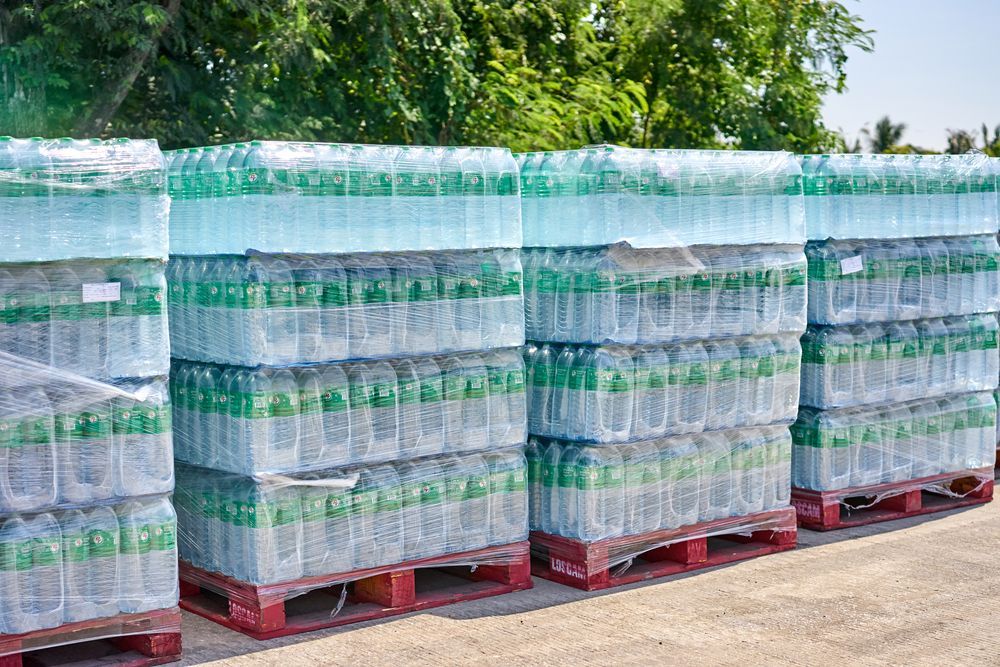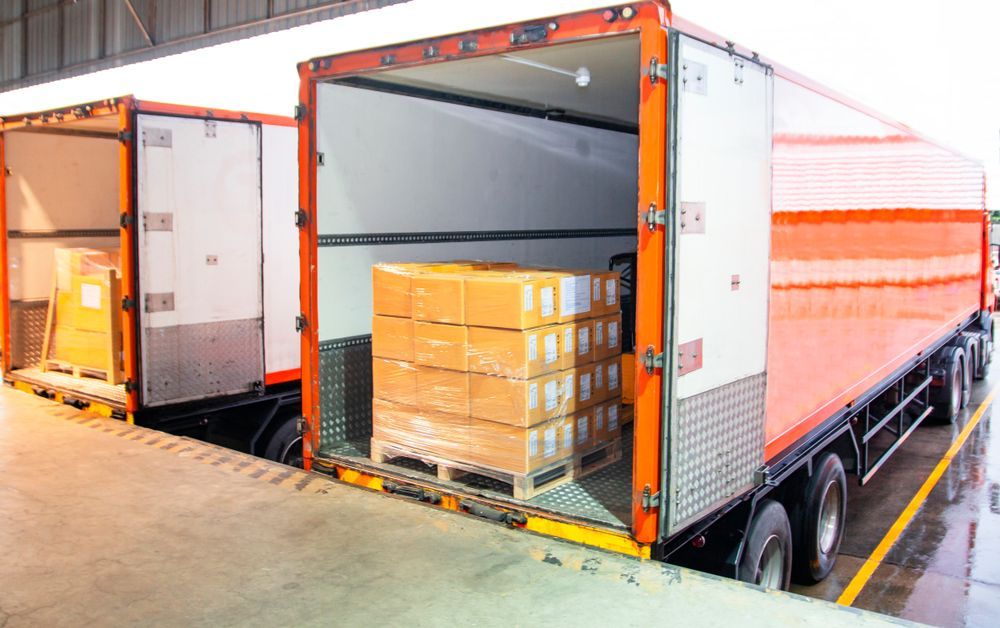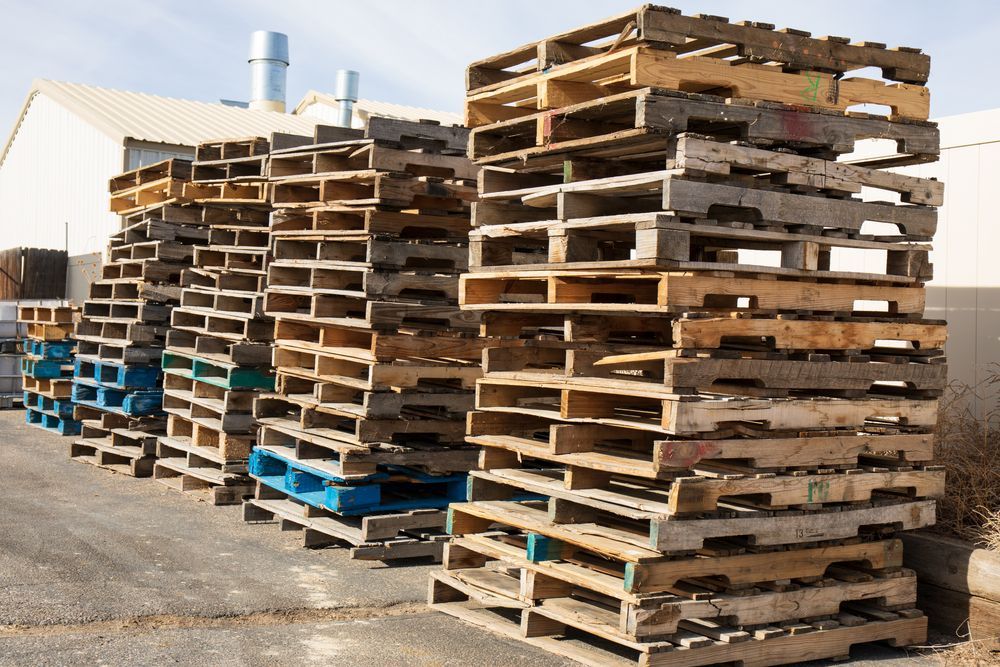A Guide to GMA Pallet Dimensions
Share this article:
GMA Pallets Dimensions
In the early 1920s, the emergence of pallets revolutionized product storage, initially spurred by the development of the modern forklift. World War II then marked further evolution, with 48x48 wooden pallets becoming a revolutionary concept. Post-war, pallets transformed the supply chain for civilian products, guided by local trade and manufacturing groups. The International Organization for Standardization (ISO) later recognized six standard pallet dimensions, including the following:
⦿ 48 x 40 inches ⦿ 40 x 48 inches
⦿ 48 x 42 inches ⦿ 42 x 42 inches
⦿ 48 x 48 inches
⦿
44 x 44 inches
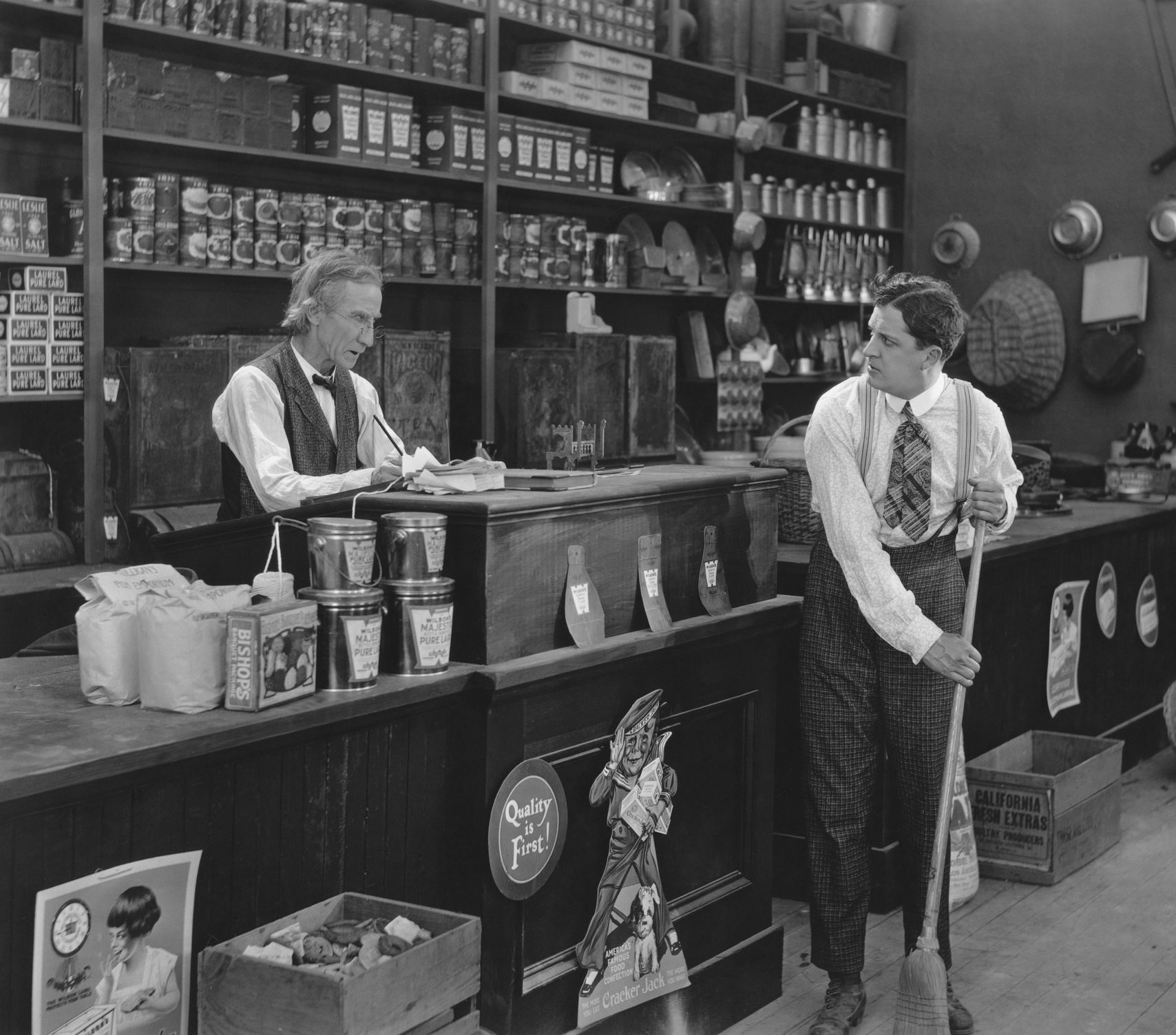
In North America, the widely used 48"x40" pallet, standardized by organizations like the Consumer Brands Association (CBA) and the Grocery Manufacturers Association (GMA), is a versatile choice employed across various industries, from groceries to construction. Notably, over 30% of pallets in the United States adhere to these shared standards, featuring dimensions of 48"x40", a 4,600-pound weight capacity, and approximately 37-pound weight with a 6.5-inch height and deck boards between 3.5 inches wide and 5/16 inches thick.
Pallet Types
Setting aside dimensions, there are also a number of distinct pallet types for you to choose from depending on your requirements. Most of the changes impact not only how the pallet can be accessed, but what specific use cases they are recommended for.
Options include those like the following:
- Two-way entry pallets, which are reversible.
- Two-way entry pallets that are close boarded with no baseboard.
- Two-way entry pallets that are of the wing type variety.
- Four-way entry pallets that are close boarded, three base in design.
- 1200 by 800 Euroe Pallets.
- Four-way entry pallets with a perimeter base.
- Four-way entry pallets that are wing type.
- Four-way entry pallets that are close boarded with a perimeter base.
- Four-way entry pallets that are open boarded, three base in design.
If you're having a difficult time understanding which one is appropriate for your environment, don't worry - the team at Advance Pallet is always here to help.
Standard Pallet Dimensions
While there are many different pallet sizes for you to choose from depending on your needs, including custom options, the standard pallet dimensions are as follows:
- 48" by 40"
- 42" by 42"
- 48" by 48"
Dimension/Sizing Charts
48" by 40" pallets are commonly used in the grocery industry, but they are not limited exclusively to that sector.
42" by 42" pallets are commonly used in telecommunications, as well as paint.
50" by 48" pallets are often used for military and cement-related applications. 40" by 40" pallets are commonly employed by those in the dairy industry. In automotive, you're likely to work with 48" by 48" pallets. 48" by 36" pallets are most likely to be found in use by not only beverage organizations, but also to help transport shingles and even packaged paper as well.
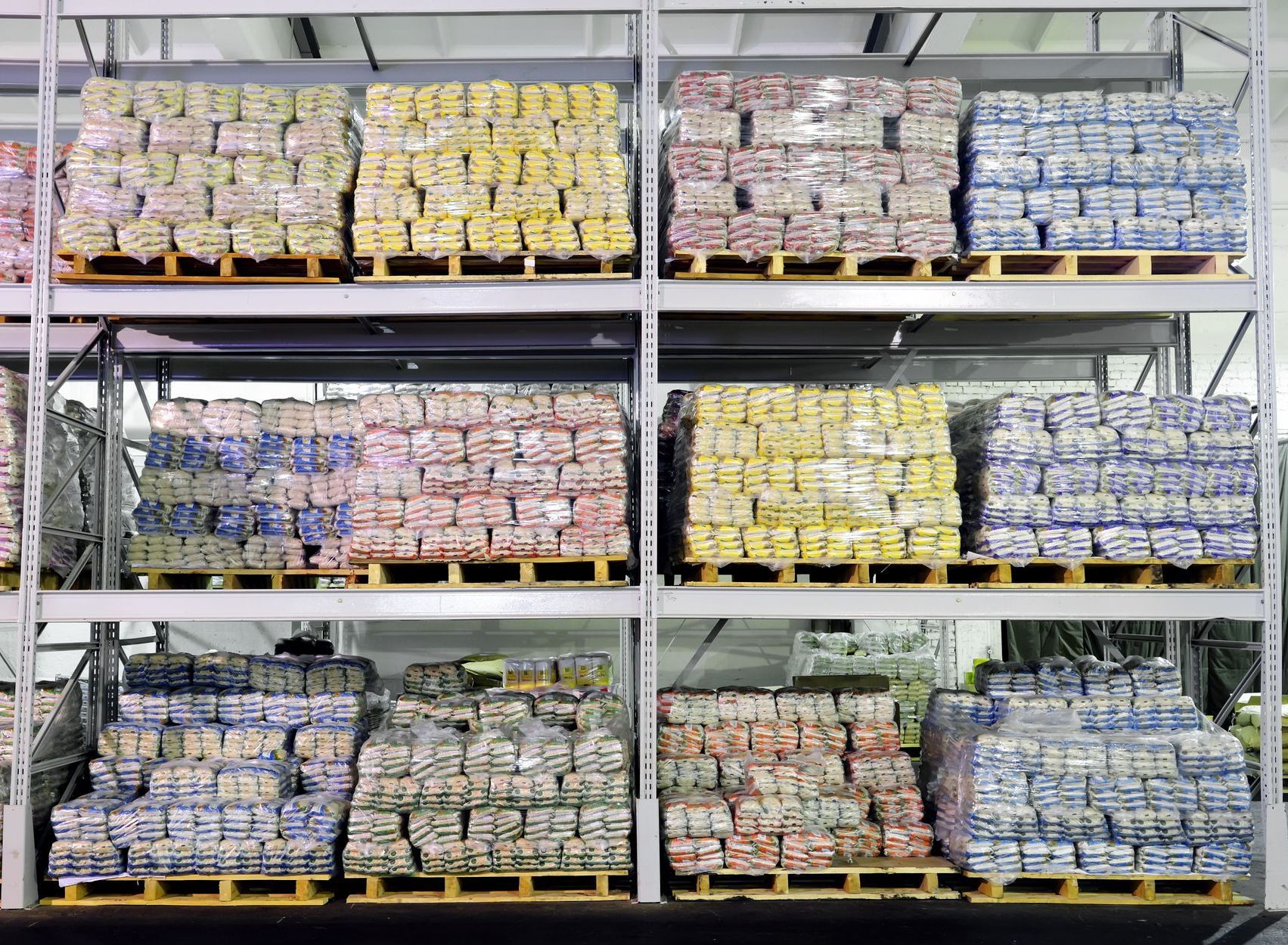
At Advance Pallet, we understand that every industry is unique - meaning that there is no "one size fits all" approach to filling your pallet needs. That's why, in addition to the standard pallet sizes for shipping outlined above, we also offer customized solutions and operations to help better meet the demands of your business.
In addition to serving clients in the automotive sector, we also regularly work with organizations in F&B distribution, F&B manufacturing, packaging print paper, and more - all so that you can rest easy knowing that your pallet needs are being taken care of.
If you'd like to find out more information about the (standard) pallet sizes that are commonly used for shipping, or if you'd just like to talk to a team of experts about your needs in more detail, please feel free to contact the Advance Pallet team today.


